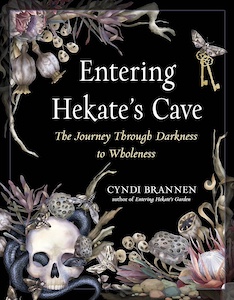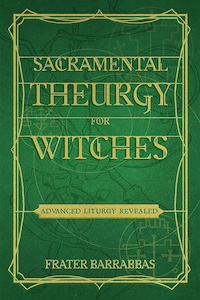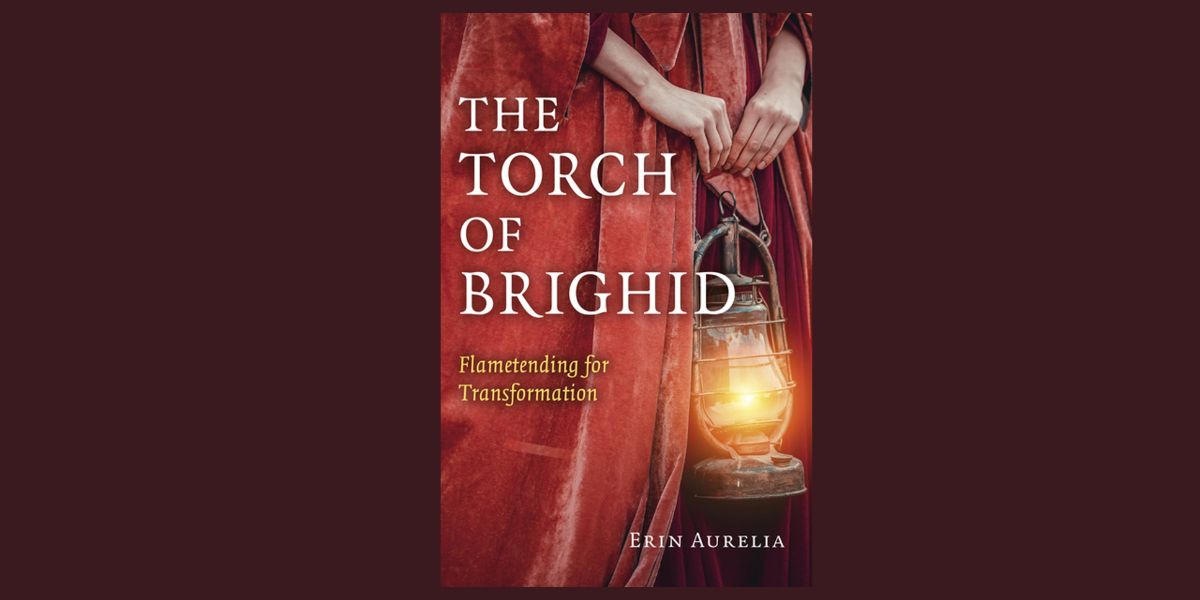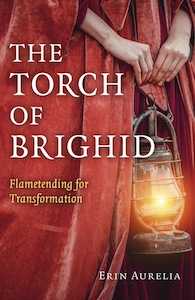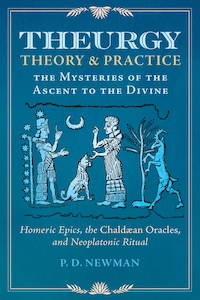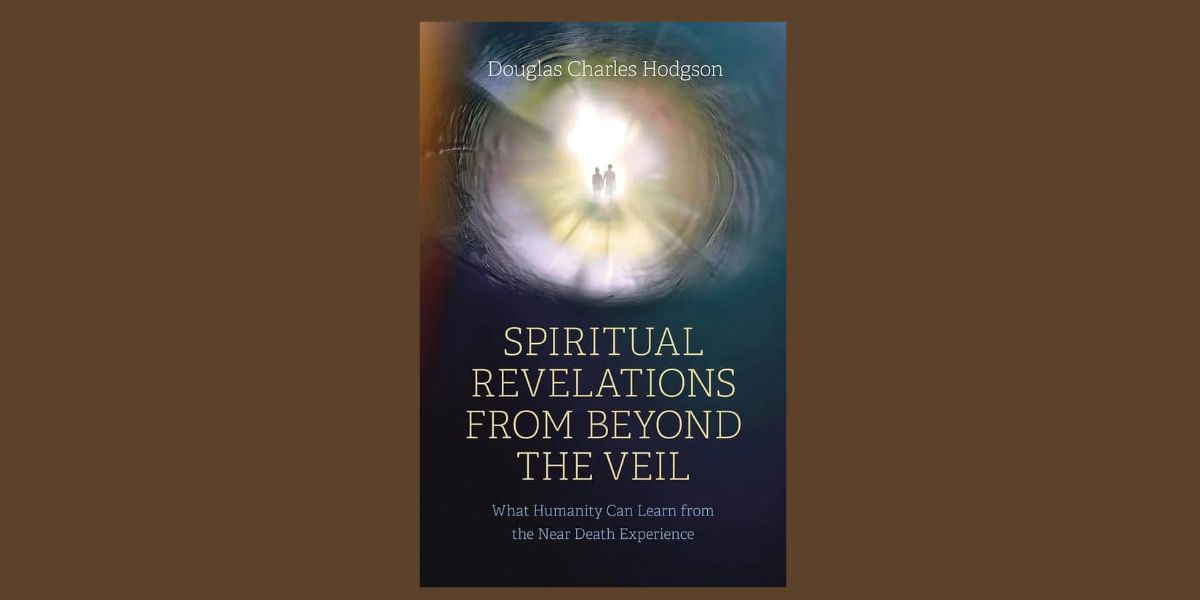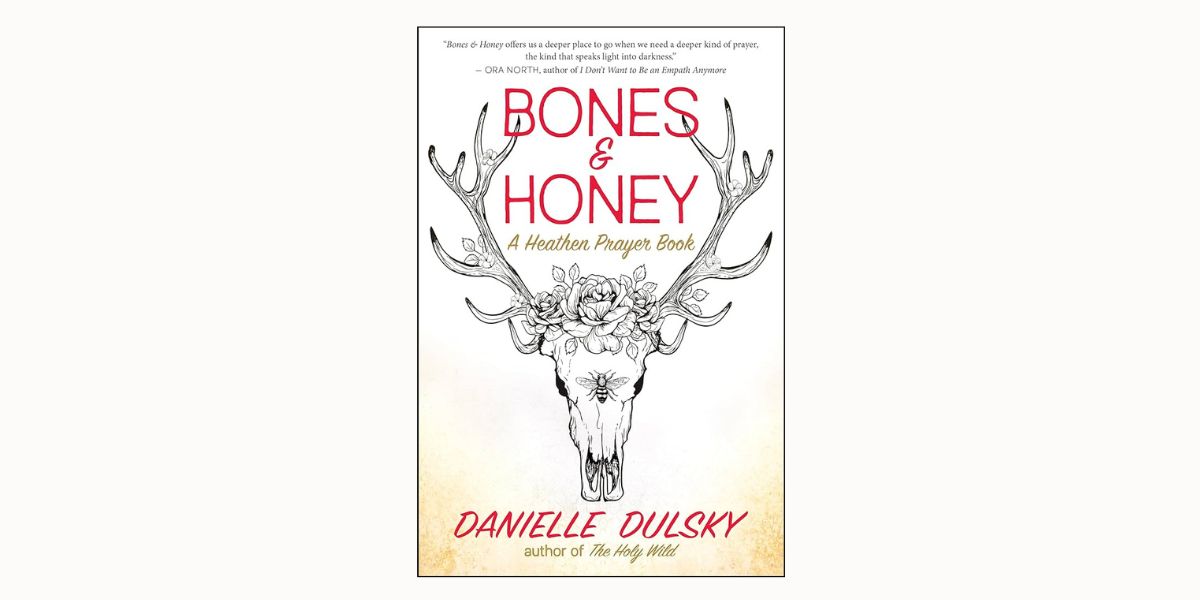
Meeting the Melissae: The Ancient Greek Bee Priestesses of Demeter, by Elizabeth Ashley
O-Books,1803412496, 360 pages, October 2023
It’s more than likely you’ve heard about the Eleusinian Mysteries, a secret ritual which lasted for more than 4,000 years in Greece kept hidden by the threat of death if revealed to outsiders. Maybe you’ve read about the famous people who ventured to undergo this rite–Plato, Marcus Aurelius, Aeschylus–and questioned the impact it had on their contribution to the world. Or perhaps you’ve wondered if hallucinogens, such as kykeon or ergot, were involved in the divine experience those who were initiated into the mysteries came away with.
But have you ever stopped and wondered who the people were overseeing the ritual? If you look up the Eleusinian Mysteries on Wikipedia, there’s a whole page dedicated to the priesthood, yet absolutely no link for the priestesses. All that’s mentioned on Wikipedia is that these priestesses were the High Priestesses of Demeter and Kore (Persephone), one of the highest religious offices that enjoyed great prestige, but there’s scarce information about who these women were or the role they had within the ritual. As someone who is fascinated by ancient priestesses, I certainly wanted to know more!
In Meeting the Melissae: The Ancient Greek Bee Priestesses of Demeter, Elizabeth Ashley has done a beautiful job of unveiling the long-forgotten priestesses of the Eleusinian Mysteries, the Melissae. The Melissae, which translates to “bees”, were some of the most influential priestesses of Ancient Greece, but modern scholars, just like Wikipedia, have largely neglected their role in the secret ritual. Unbeknownst to Ashley, her curiosity about the latin name of Lemon Balm, Melissa officialis, would spark a sacred journey as she set out to learn more about these fascinating women and their mysterious cult.
“Mystery work – as in the Mysteries of Eleusis, the domain of Demeter’s Melissae priestesses – is drawn from one’s own internal revelations. Peeling back layers of femininity, it reveals your part in life’s mystical pattern. Through it, one recognises the sacred privilege of being chosen as Earth steward.”1
The book begins with Ashley’s description of how she began to explore these priestesses of Demeter, including her initiations to the shamanism of the bees. Next, she spends a good amount of time teaching readers about bees themselves: different roles in the hive, their life cycle, how they communicate, pollinate, and reproduce – and so much more! I learned a ton about bees from reading this book; I had absolutely no idea of the complexity and synchronization of inner workings of the hive. I have an entirely new appreciation for bees and now see them in a whole new light, especially after reading about their sacred symbolism in both ancient Egypt and ancient Greece.
“A potted version of some of his Orphic beliefs is a person was born with Dionysian perfectly pure spirit, housed in evil, chaotic Titanic flesh. Spirits were believed to drift down from the Heavens, disturbed by the chaos of creation, moving around on the breeze, accompanied by the bees, until children were born. At that moment, the bees then accompanied the Dionysian spirit down to Earth, where it was breathed into the body at a baby’s first gasp.”2
The flow of this book is a bit like a bee’s might appear: clear direction but a little bit this way, then a little that way, moving forward though often looping back in a circuitous route. There’s a lot to piece together, but there’s an intuition to Ashley’s transmission of information. She writes:
“Not all Melissae were priestesses, and not every priestess was known as Melissa. Likewise, contrary to what herbal texts would have us believe, they were not only affiliated to Demeter, or indeed only to Greece, being found much further afield in Asia Minor and Egypt for instance. They belonged to a tradition that had originated from many thousands of years before.”3
Therefore, to fully paint a picture of the Melissae for readers, Ashley covers a wide-range of topics, such as the life of ancient Greek priestesses and how one became a Greek priestess. Then she specifically goes into detail about the mysteries of Demeter and Persephone, Artemis, and Aphrodite before going even further back to the Minoan Priestesses and snake priestesses. She guides readers back in time to festivals (Thesmophoria) and rites (The Elusianian Mysteries, of course!) to highlight the connection to the Melissae.
My favorite chapter was titled “The Blood Mysteries”. She describes how M. officinalis is “profoundly involved with gynaecology, reducing period pain, balancing mood, and even guarding against post-natal depression.”4 Though she could not find any direct information association the Melissae with menstruation or sexual medicine, she came to the realizatino that Aphrodite’s girdle is the “sexual and gynaecological meridian”5, and working from this she pulls together compelling ideas about “family planning and colony control”6.
Though this book is extremely well-researched with plenty of references to follow up on, Ashley did not approach this undertaking as a scholar, but rather a woman on a quest looking for answers. The process of connecting with the Melissae involved soul-searching, opening up to new spirit guides, and piecing together bits of what was revealed to her. Ashley is very transparent about her journey, and in turn, she becomes a guide for the rest of us in the path to resurrect the ways of these lost priestesses.
“These reflections of the womb shamans have been brought down entirely from meditating and dreaming with Lemon Balm plant, with Melissa essential oil, CO2, and hydrolat, from using meditation techniques I have learnt and, of course, from spending time with the actual insects.”7
In recent news, bees have become a concern in the face of climate change. Changes in precipitation have been limiting their ability to collect food for their offspring, leading to a smaller population the following year. Bumble bees are one of the most susceptible species to the change of temperature. Concerns about bee population have led to encouragement to plant wildflowers and avoid the use of insecticides.
At the same time, one might assert in the face of patriarchy that the way of the priestess is also being threatened with extinction too. Might the bees and the priestesses of our world come together once again? After reading Ashley’s journey, I have hope that women of the world can rebuild their hive once again. For those who feel the calling to restore the divinity of both the bees and path of the priestess to its rightful place in the natural world, Meeting the Melissae is calling for you to dive in.
Alanna Kali is an astrologer, numerologist, and pioneer spirit that loves to explore life through the lens of depth psychology. She has a passion for studying the humanities and social trends. Her academic work is centered upon reuniting body, mind, and spirit through eco-psychology. She loves reading, spending time in nature, and travel.


